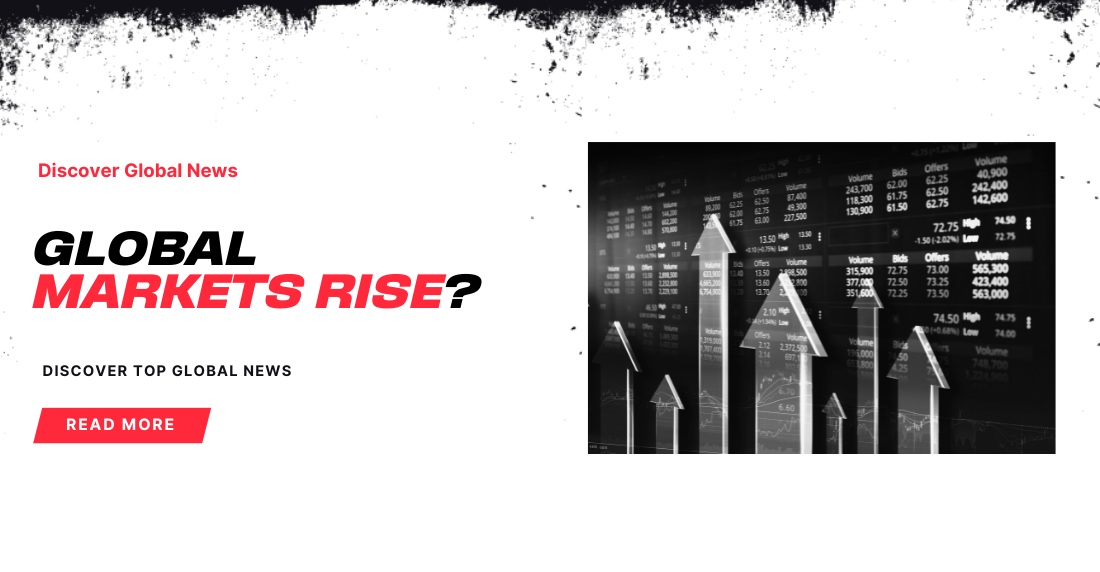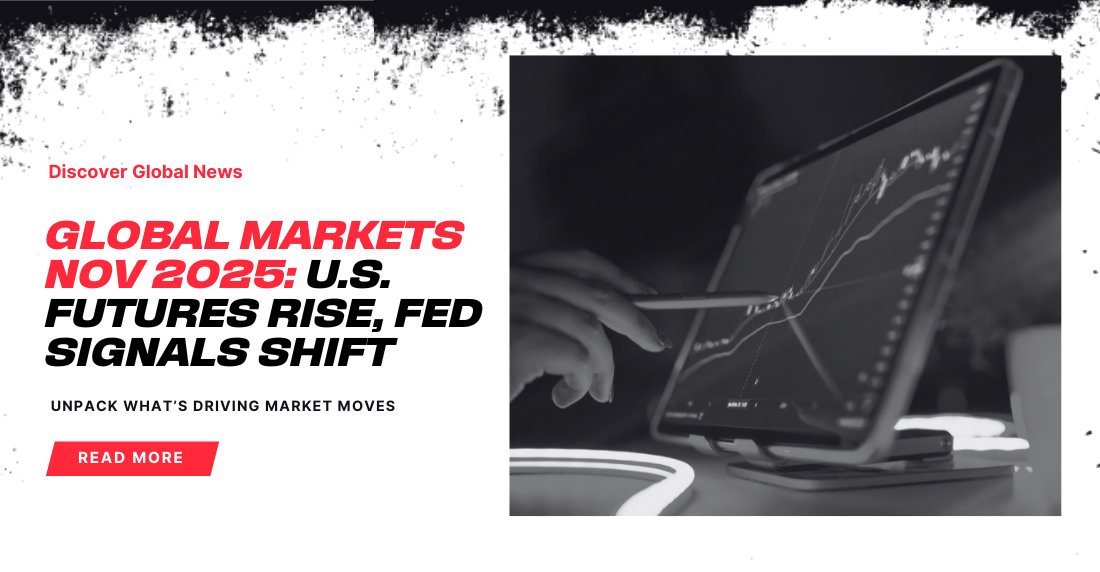
Global Markets Rise on U.S.-China Trading Deal
In a historic breakthrough that could reshape the future of global economic policy, the United States and China have signed an interim accord to ease their long-standing trading tensions. Following a tense weekend of intense negotiations, both countries issued on Monday a 90-day moratorium on tit-for-tat tariff hikes that have unsettled markets, shaken supply chains, and undermined global investor sentiment.
The unprecedented joint statement, released by Washington and Beijing at the same time, outlined the immediate reductions to their respective import tariffs, and opened the door to further formalized trade talks to address deeper issues. The rapprochement comes after decades of escalating economic belligerency in which goods worth hundreds of trillions of dollars were levied with retaliatory tariffs, eroding bilateral relations between the two largest economies.
A Temporary Truce in a Long-Running Trading War
According to the statement, the U.S. has committed to reducing President Donald Trump’s so-called “reciprocal” tariffs on Chinese imports from previous highs to 10%. Meanwhile, China will also reduce its tariffs on U.S. imports to 10%, reflecting a de-escalation strategy. Importantly, another 20% tariff connected with China’s suspected involvement in the fentanyl drug crisis will remain in place, marking the boundaries of the deal.
There was agreement from both sides that neither wished for a decoupling,” U.S. Treasury Secretary Scott Bessent said at a Monday press conference. “There is now a good mechanism in place to prevent further escalation.”.
Both countries have pledged to restart further talks during the time of truce, including work-level negotiations to resolve contentious areas like intellectual property rights, state subsidies, and market access. While the agreement falls short of resolving core differences, it is the best evidence of cooperation since trade relations soured in Trump’s initial few years of his second term.
Market Reaction: Relief and Rebound
Financial markets, which had been frozen in limbo by the tariff standoff, responded with joy. Wall Street surged in early Monday trading, with the S&P 500 and Dow Jones Industrial Average more than 2% higher. The dollar rose against a basket of global currencies, and the Chinese yuan appreciated—a sign that markets found the truce to be credible.
Investors have long feared that the U.S.-China trade war would drive the global economy into recession. Now that tensions partially ease, such fears are receding—at least in the near term.
“This short-term truce is a long way from a peace treaty,” IG’s Chief Market Analyst Chris Beauchamp said. “But in the meantime, investors are happy to ride the wave of euphoria in today’s headlines.”
Though there is optimism, Beauchamp and other analysts caution that current tariffs remain much higher than before the war. Trump’s earlier action to hike tariffs to up to 145% on some Chinese goods, basically instilling what Bessent characterized as a “trade embargo”, caused painful wounds in agriculture to tech industries. China had retaliated with tariffs of up to 125% on significant US exports like soybeans, automobiles, and consumer electronics.
Broader Economic Setting: Inflation, Wages, and the Fed
The tariff truce comes at a good time for the U.S. economy. This week, the Department of Labor will release April’s Consumer Price Index (CPI) report, which will show how trade policy has translated into consumer prices. Economists expect a year-over-year inflation rate of 2.4%, consistent with March’s reading.
Tariffs are responsible for price hikes across the board, particularly in manufacturing and food, and it has been filling consumers with rising worry. Multiple consumer surveys during the past few months have indicated households expect inflation to be greater, and many firms have been charging customers higher costs.
Adding to the economic backdrop, a slate of corporate earnings is due this week from major U.S. retailers including Walmart, Home Depot, Lowe’s, and Target. These companies have been vocal about the difficulties in forecasting future performance amid trade uncertainty. Some have withdrawn annual guidance entirely.
Federal Reserve Stays Put, Monitors Trade Developments
Federal Reserve Chairman Jerome Powell and several governors are scheduled to speak this week, following the central bank’s recent announcement that it is keeping interest rates unchanged at 4.25% to 4.5%. The Fed has indicated higher risks to inflation and unemployment but does not appear to be in a rush to alter policy.
Powell demonstrated that the Fed would watch the evolving trade atmosphere before proceeding any further. “We believe borrowing costs are appropriate relative to our information now. Trade developments, especially if they continue to ease, could mute inflation pressures in the months ahead,” he testified last week.
Political Impacts and Tax Debate Discussion
The freeze in commercial relations also takes place as Congress becomes increasingly engrossed in Trump’s expansive tax plan. The House Ways and Means Committee is to vote on a draft version of the plan, which would increase the child tax credit and redistribute corporate tax rates to global companies.
But contentious items such as the state and local tax deduction and Medicaid funding have been omitted for now. Internal Republican tensions remain over how to package what Trump has called his “big, beautiful bill,” a sweeping tax reform plan targeted at middle-class voters ahead of the 2026 midterms.
Final Thoughts
The temporary U.S.-China trade truce has eased market fears for now, but major challenges remain. Key issues like technology transfer, industrial policy, and digital trade are still unresolved. Experts warn that unless there is progress made within the 90-day period, tensions can flare up in a short while with even more severe consequences.
As markets become increasingly unpredictable, traders need a platform built on trust, not gimmicks. BullRush Prop values performance over probability. If you’re serious about your trading future, now is the perfect time to join a trading model designed to grow with you. Start your journey with BullRush Prop today!



